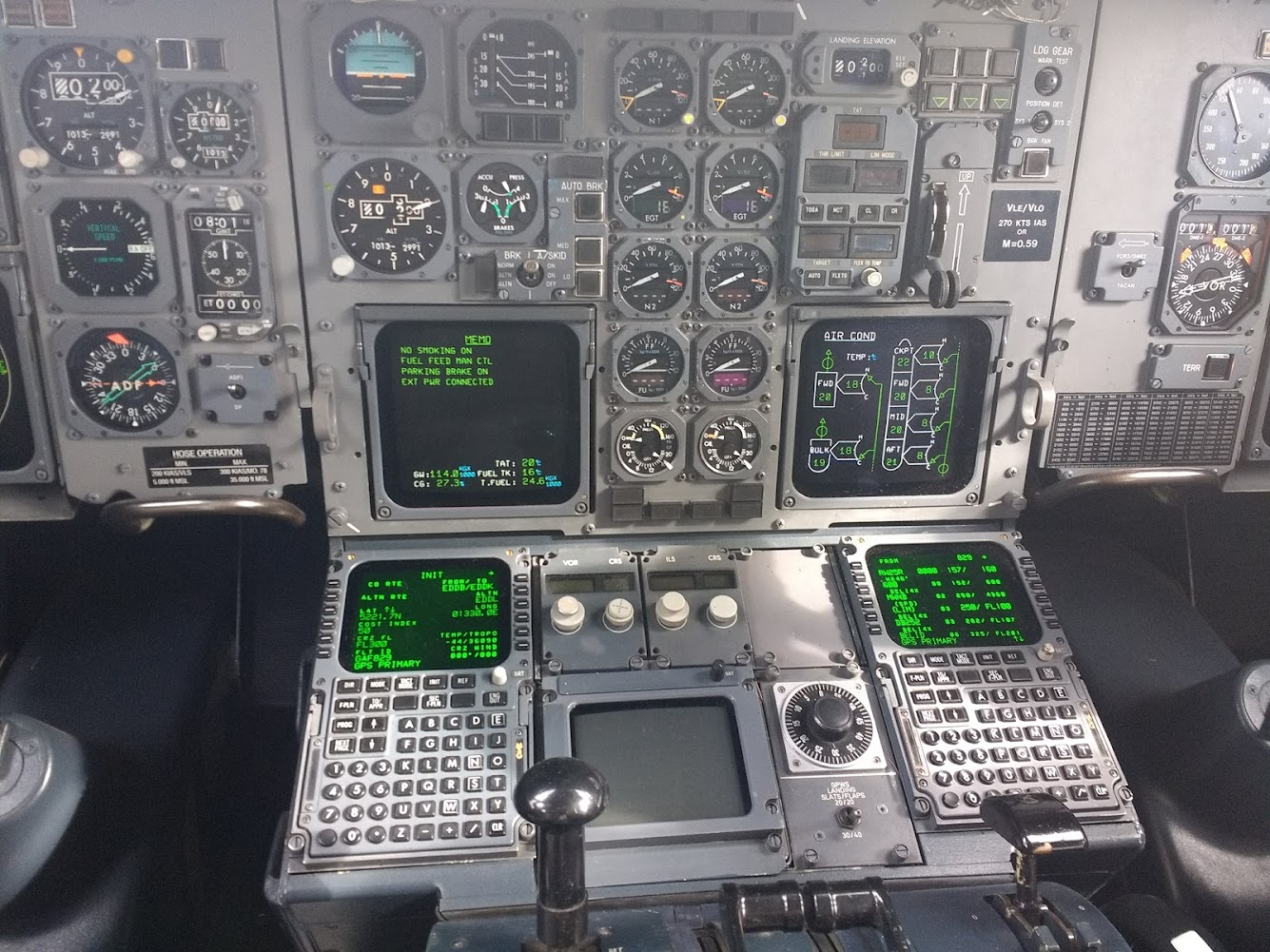The US Air Force Research Laboratory’s basic research office, the Air Force Office of Scientific Research (AFOSR) has granted $450,000 USD to two progressive companies, Ki3 Photonics, a start-up company that’s been specializing in creating cutting-edge solutions for telecommunications infrastructure, and quantum photonic signal and processing. And to Quantum Bridge Technologies, a Canadian company that is developing all-photonic quantum repeaters using classical and quantum information theory principles.
The cornerstone of this research effort is entanglement, which is the linking of particles despite their separation. The creation, control, and distribution of entangled particles is a necessity for future quantum technologies, such as computers, and their connectivity as part of quantum networks (called “spooky action at a distance” by Einstein).
We’re honored to receive this support, which we’ll use to quantify the advantages and limitations of large quantum states for quantum photonics infrastructures.
Dr. Yoann Jestin, co-founder and CEO of Ki3 Photonics.
More than anything, we need a deep understanding of how the creation and manipulation of large quantum systems can be scaled. We want to build computer simulators that can help us
Dr. Mattia Montagna, co-founder and CEO of Quantum Bridge Technologies.
understand these phenomena.
As quantum information science progresses, scalability becomes increasingly important, particularly in the disciplines of quantum computing and communications. Entanglement is important for the large-scale deployment of quantum networks, but the technical hurdles involved with its control continue to be a problem for both experimental and theoretical physics.
It would not be an exaggeration to call such states the holy grail of the field. Our approach can enable scalable measurement-based quantum computers, quantum repeaters, or even large networks of sensors based on quantum phenomena.
Dr. Stefania Sciara, quantum physicist
The acceleration of this research could open up large possibilities in three definite areas: 1) secure communications, which can’t be exploited by bad actors with access to a quantum computer; 2) quantum sensing, and 3) distributed quantum computing.
We just aren’t equipped to think in the high dimensions
Piotr Roztocki, CTO of Ki3 Photonics
these states occupy. Computers are, which is why we’re targeting a framework that combines recent advances in learning and optimization towards these hard problems we’re facing. We’re
optimistic about our chances.
The Air Force Research Laboratory is the Air Force and Space Force’s premier scientific research and development institution. The Air Force Research Laboratory (AFRL) is a key player in the research, development, and integration of cost-effective warfighting technologies for our air, space, and cyberspace forces.

